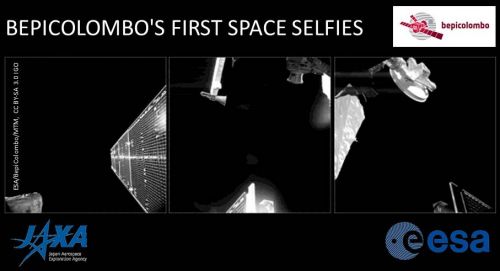
25/10/2018
SENER: on the way to Mercury!
SENER: on the way to Mercury!
More news
10/11/2015
Natura Bissé in the Barcelona Synchrotron Park
05/11/2015
Two Research Centers Awarded at the UAB University
28/10/2015
How ideas grow, the new Barcelona Synchrotron Park video
20/10/2015
Welcome to Barcelona
08/10/2015
Good News for Two PRUAB Spin-Offs
30/09/2015
BSC-CNS Director, Prof. Valero, Recipient of the Seymour Cray Computer Engineering Award









